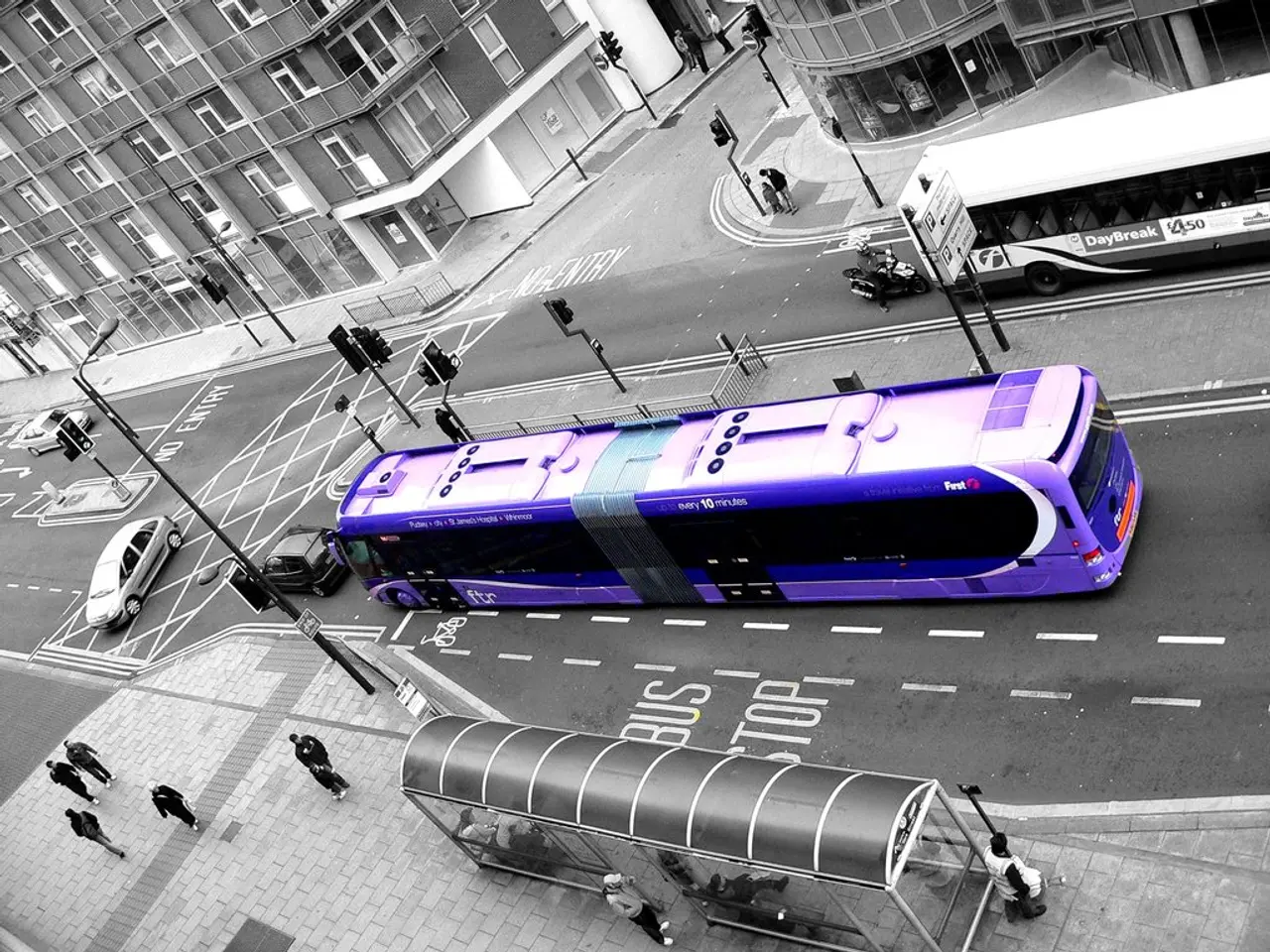Pharmaceutical industry body approves of import duty waivers for pharmaceutical sector
In the realm of global pharmaceuticals, India continues to play a pivotal role, often referred to as the 'pharmacy of the world'. However, this status is currently under scrutiny as the United States considers imposing tariffs on pharmaceutical imports from India.
Namit Joshi, Chairman of the Pharmaceuticals Export Promotion Council (Pharmexil), has urged continued collaboration with the US to safeguard the integrity of the global pharmaceutical supply chain. In a statement regarding the US decision, Joshi expressed concerns that tariffs on Indian pharmaceuticals would be counterproductive and ultimately burden American consumers.
India's pharmaceutical industry primarily focuses on manufacturing low-cost generic medicines, not high-margin products. The main challenge for other countries seeking to replicate India's pharmaceutical capabilities and produce generic drugs for the US market includes scaling manufacturing capacity, achieving cost efficiencies, ensuring high-quality standards, and overcoming supply chain dependencies, especially on China for APIs and key raw materials.
Replicating India's scale and efficiency would take at least 3-5 years and face significant obstacles in matching India's low costs and established infrastructure. One of the key challenges is the dependence on China for APIs and key starting materials (KSMs). About 75% of India's API needs come from China, including critical intermediates. Other countries would face similar vulnerabilities unless they also develop robust domestic API and KSM production, which requires heavy investment and time.
Capacity and technology scaling is another significant hurdle. India’s pharmaceutical ecosystem boasts large-scale contract development and manufacturing organizations (CDMOs) with infrastructure and advanced Pharma 4.0 technologies. Other countries must make major investments to build comparable facilities and upgrade technologies rapidly to meet global demand.
Quality control and regulatory compliance also pose challenges. Indian manufacturers have improved but still face difficulties in consistently meeting stringent FDA and other regulatory standards. Other countries must build and maintain world-class quality and safety systems to gain trust in the US market, which has high regulatory scrutiny.
Price competition and low margins are another factor. India's pharma industry thrives on low-cost generics with intense price competition that drives down costs for the US market. Replicating this cost structure is difficult, and other countries may have significantly higher production costs, making their generics less competitive.
Lastly, innovation and value chain advancement are necessary for countries to compete. India is now urged to move up the value chain by investing in novel drugs and specialty medicines rather than just generics, which require different capabilities. For other countries to compete, similar strategic shifts would be necessary but challenging to execute quickly.
Despite these challenges, India's pharmaceutical exports are a testament to its unmatched quality standards. India exports 55% of its pharmaceutical products to tightly regulated markets like the US, UK, and EU. These exports include treatments for cancer and infections. Notably, India supplies over 40% of the generic medicines used in the United States.
The United States temporarily exempts Indian pharmaceutical exports from increased tariffs. However, the exemption is subject to the outcome of an investigation under Section 232 of the Trade Expansion Act of 1962.
In conclusion, countries face multi-dimensional hurdles of establishing supply chains free from geopolitical risks, building vast manufacturing scale and efficiency, maintaining rigorous quality standards, and competing on price. India's existing ecosystem is highly sophisticated and integrated, making replication a complex, years-long process with no guaranteed success.
This article was published on August 8, 2025.
The pharmaceutical industry in India primarily focuses on manufacturing low-cost generic medicines and exports 55% of its products to tightly regulated markets such as the US, UK, and EU. India supplies over 40% of the generic medicines used in the United States.
However, India's pharmaceutical exports face potential challenges as the US considers imposing tariffs on imports, which Namit Joshi, Chairman of Pharmexil, believes would be counterproductive and ultimately burden American consumers.
Replicating India's pharmaceutical capabilities, especially in producing generic drugs for the US market, is a complex process facing significant obstacles, including scaling manufacturing capacity, achieving cost efficiencies, ensuring high-quality standards, and overcoming supply chain dependencies on China for APIs and key raw materials.
Building comparable facilities with advanced technologies, improving quality and regulatory compliance, competing on price, and innovating to move up the value chain are among the challenges other countries face in attempting to replicate India's pharmaceutical success. Despite these challenges, the article was published on August 8, 2025.




